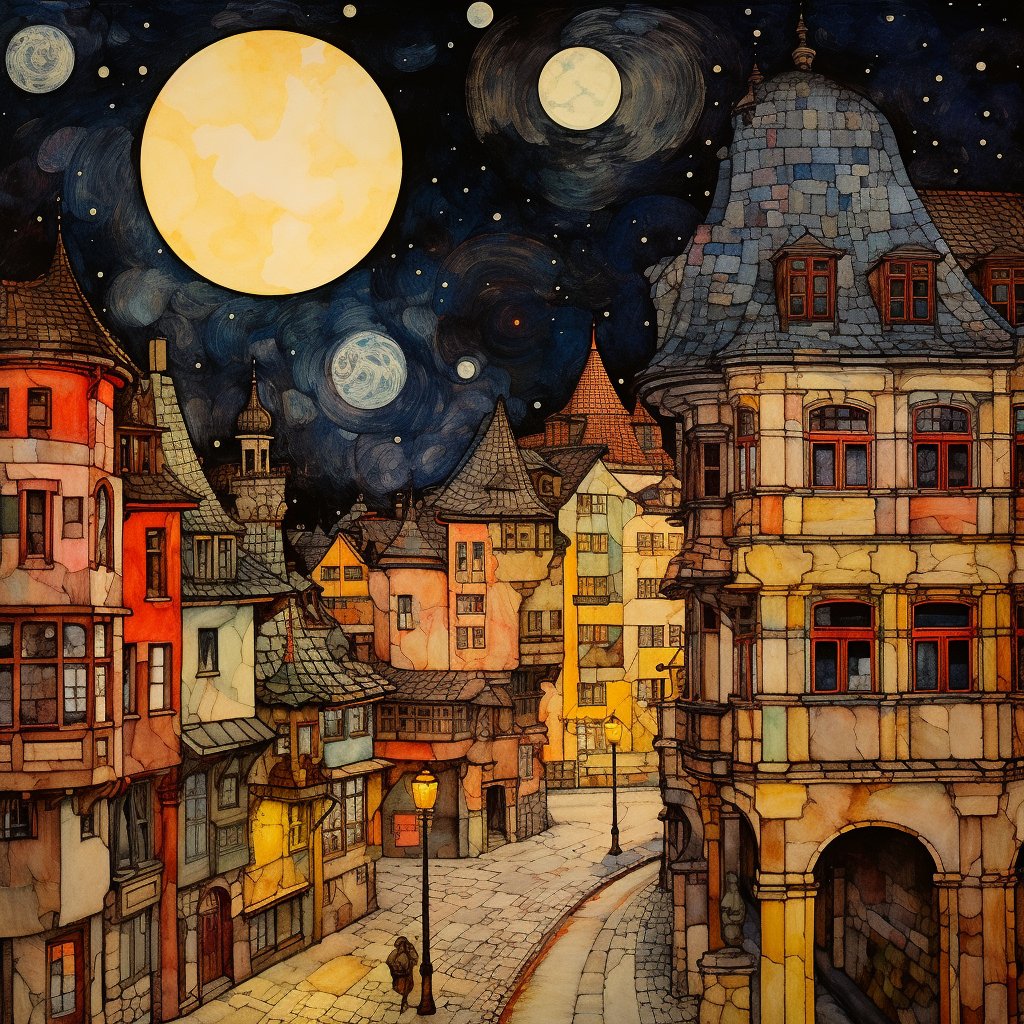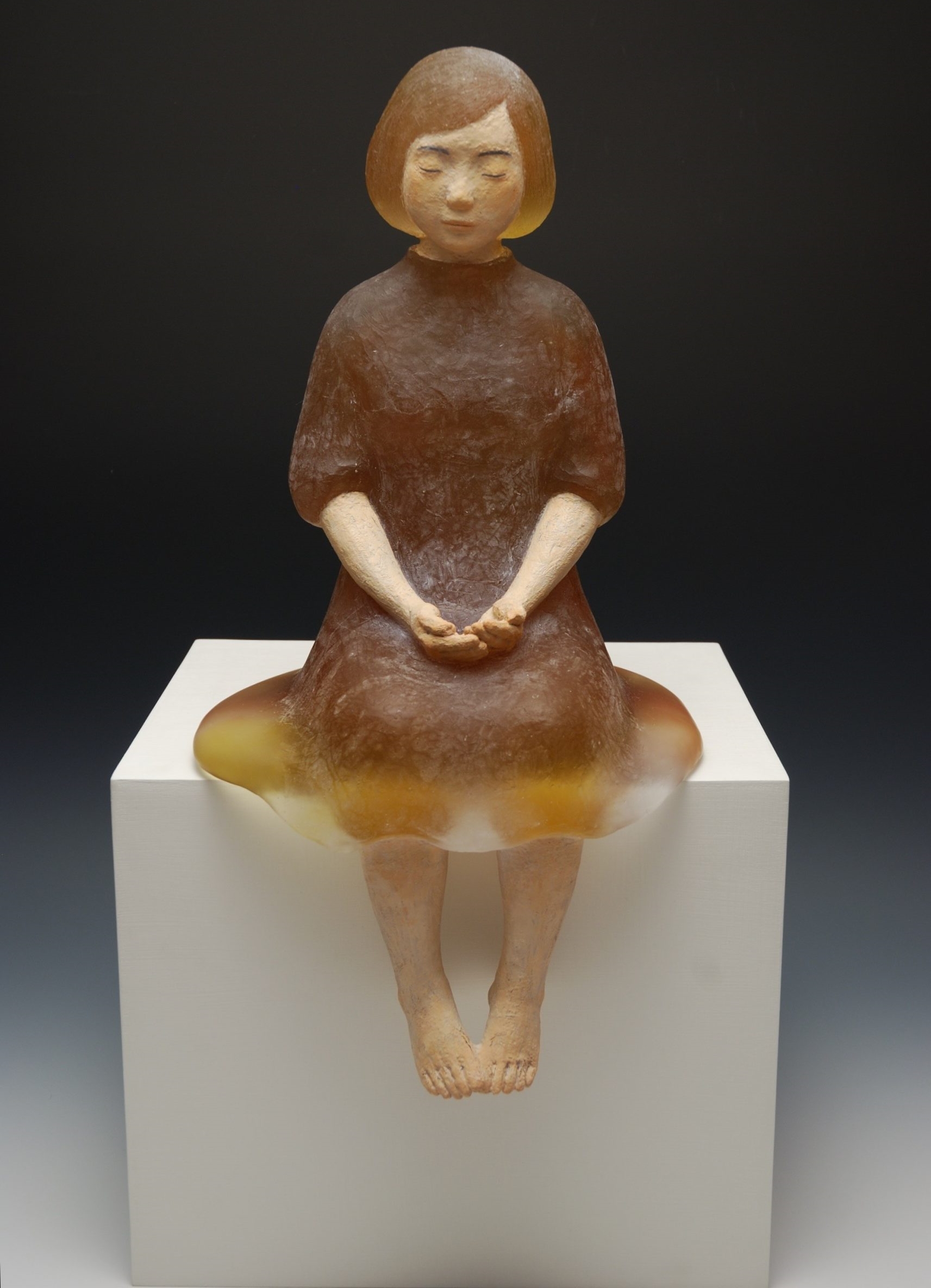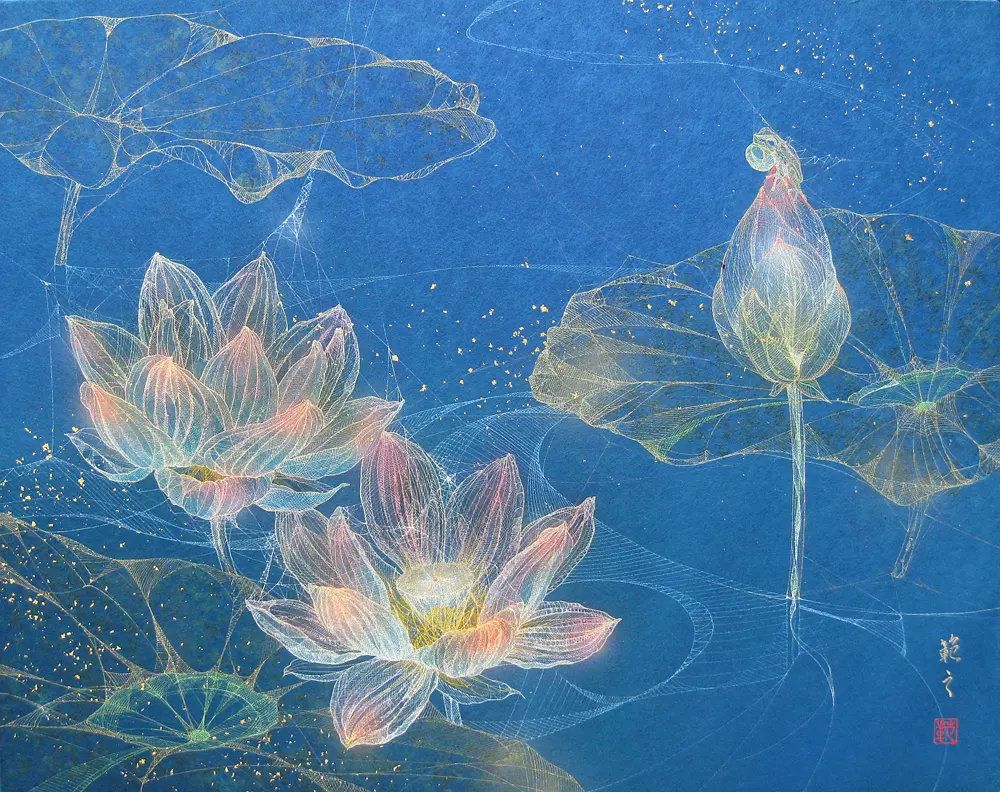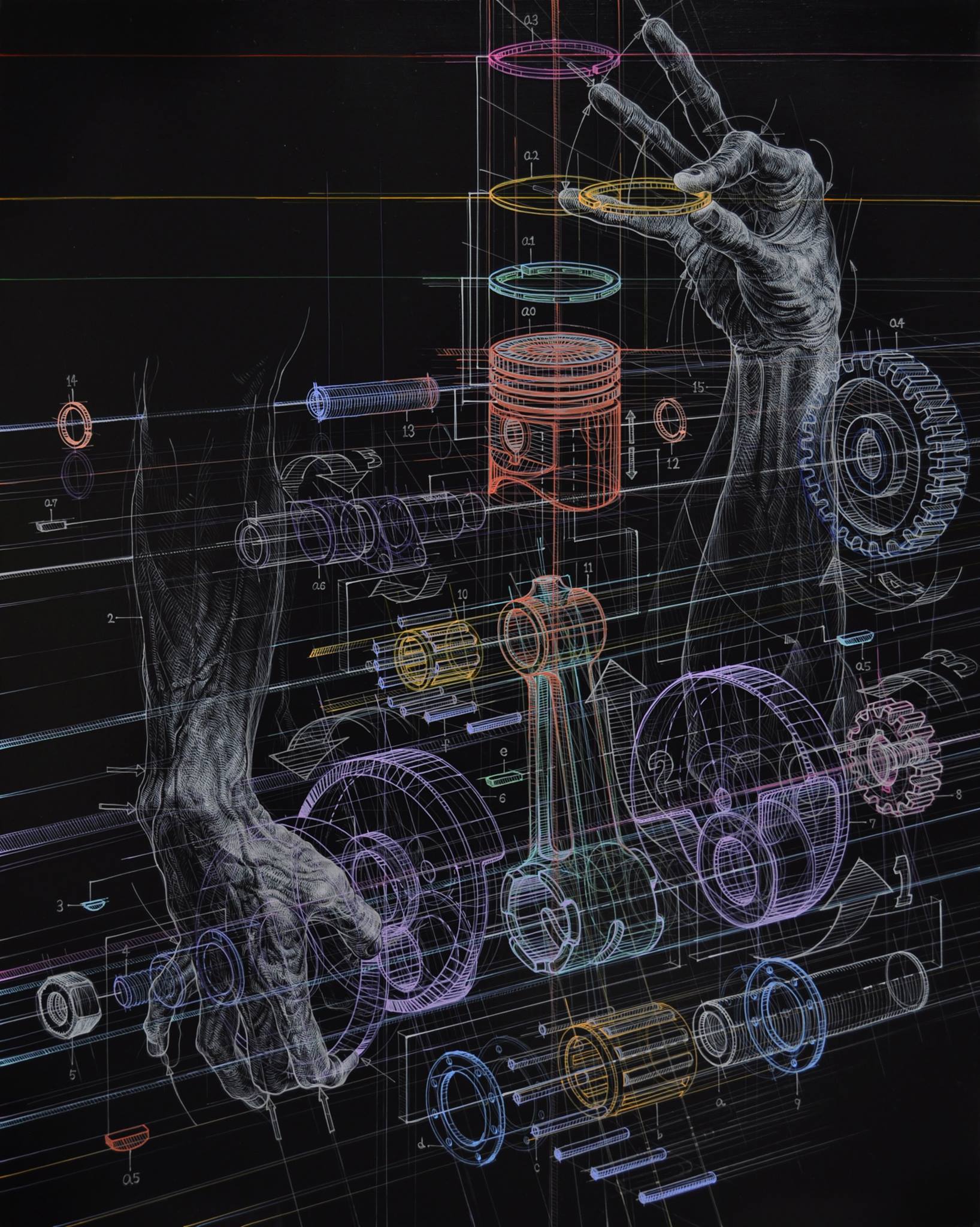Tetsuya Ishida / 石田 徹也 (1973-2005) was a Japanese painter, best known for his surreal portrayal of an ordinary Japanese life.
He was born in Yaizu, Shizuoka, as the youngest of four sons.
His father was a member of parliament and his mother, a housewife.
He attended Yaizu Central High School until his graduation in 1992.
Ishida stated in interviews that it was during this period that his parents, and his principal, applied pressure on him to thrive academically well enough to develop a teaching or chemist career.



















.jpg)
.jpg)



















